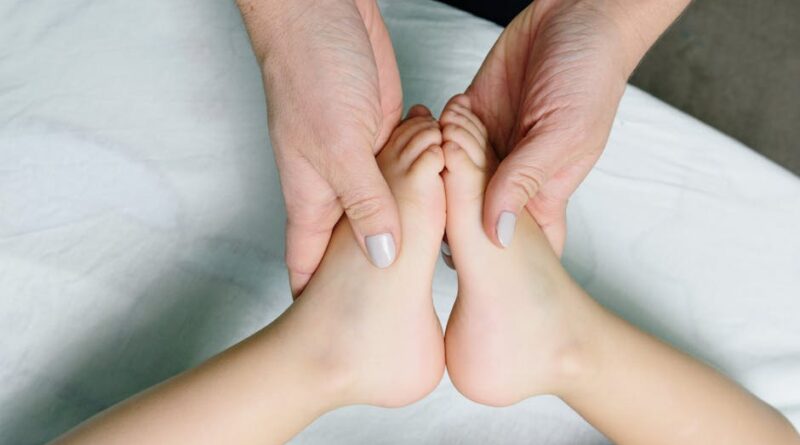Exploring the Benefits of Physical Therapy for Children
When we think of physical therapy, we often associate it with adults recovering from injuries or surgeries. However, physical therapy can be incredibly beneficial for children as well. From improving motor skills to enhancing overall quality of life, physical therapy plays a crucial role in the development and well-being of children. In this comprehensive guide, we will delve into the world of physical therapy for children, exploring its various aspects, benefits, and implications.
The Role of Physical Therapy in Child Development
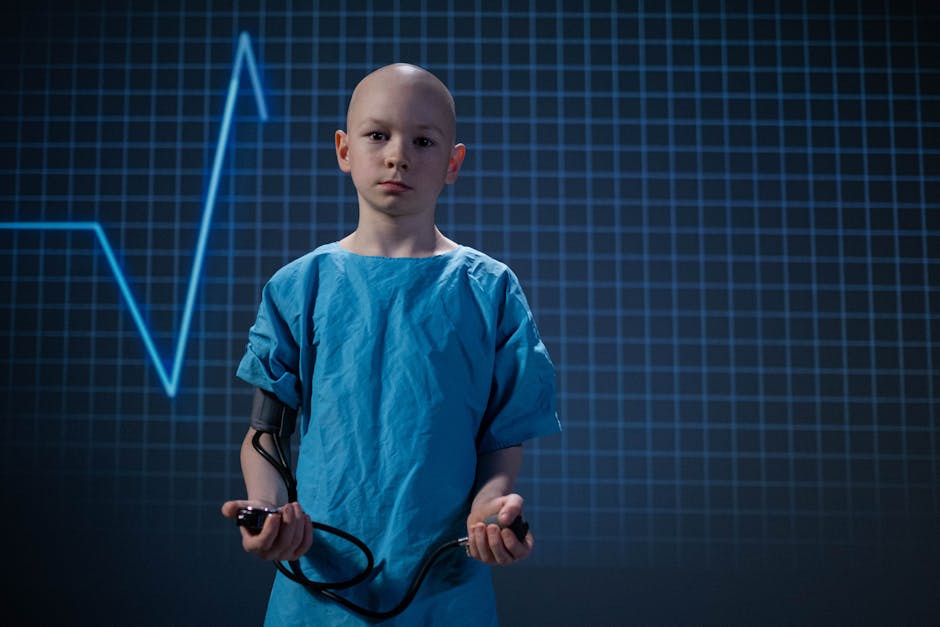
Physical therapy for children focuses on improving strength, flexibility, balance, coordination, and overall motor skills. For children with developmental delays, disabilities, injuries, or other health conditions, physical therapy can be a vital component of their treatment plan. By working with a physical therapist, children can learn how to move and function more effectively, enabling them to participate in daily activities with greater ease and confidence.
One of the primary goals of physical therapy for children is to enhance their gross motor skills. These skills involve the use of large muscle groups for activities such as walking, running, jumping, and climbing. By targeting specific movements and exercises, physical therapists help children build strength, improve coordination, and develop better control over their bodies.
Benefits of Physical Therapy for Children
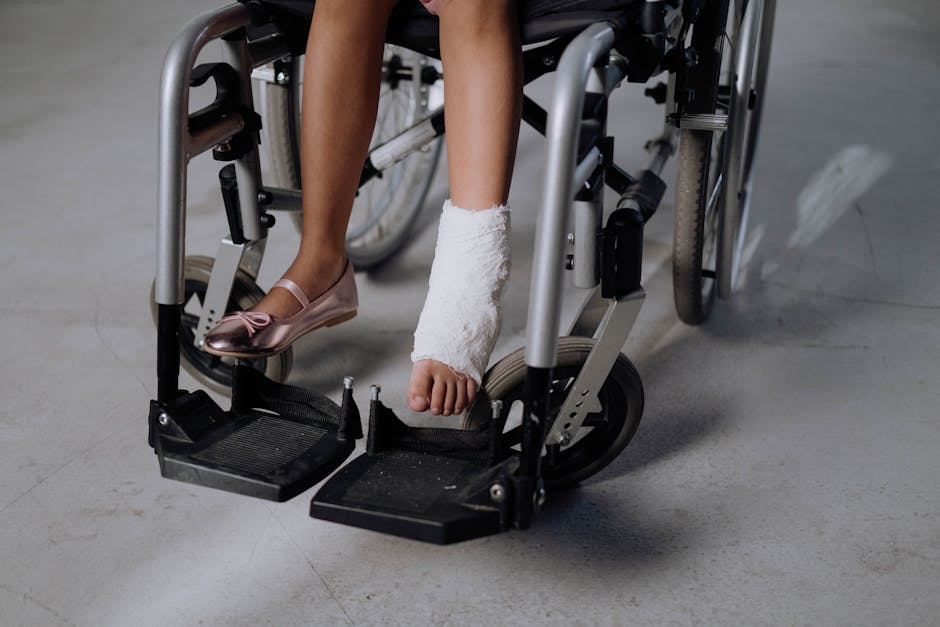
The benefits of physical therapy for children are wide-ranging and significant. Here are some of the key advantages:
1. Improved Motor Skills
Physical therapy helps children develop and refine their motor skills, allowing them to perform tasks that were once challenging or impossible. By targeting specific movements and exercises, physical therapists can help children overcome obstacles and reach their full potential.
2. Increased Strength and Endurance
Through targeted exercises and activities, physical therapy helps children build strength, endurance, and stamina. This not only enhances their physical capabilities but also boosts their confidence and self-esteem.
3. Enhanced Balance and Coordination
Many children struggle with balance and coordination issues, which can impact their ability to participate in sports, play with friends, or navigate their environment. Physical therapy can help improve these skills, making everyday activities easier and more enjoyable for children.
4. Pain Management
Children with chronic pain conditions or injuries can benefit from physical therapy techniques that help alleviate discomfort and improve their quality of life. By teaching children how to move and position their bodies correctly, physical therapists can reduce pain and prevent future injuries.
5. Prevention of Future Health Issues
By addressing physical limitations and weaknesses early on, physical therapy can help prevent future health issues in children. By promoting proper movement patterns and techniques, physical therapists can instill healthy habits that can last a lifetime.
Types of Physical Therapy Techniques for Children
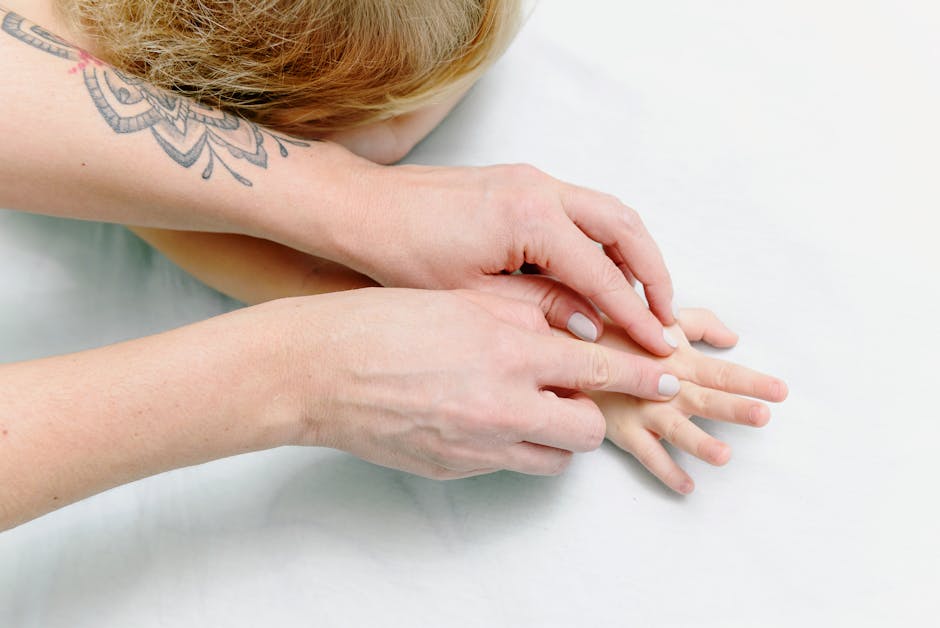
Physical therapy for children incorporates a variety of techniques and approaches tailored to meet each child’s unique needs and goals. Some of the most common types of physical therapy techniques for children include:
1. Exercise Therapy
Exercise therapy involves a range of movements and activities designed to improve strength, flexibility, balance, and coordination. Physical therapists work with children to develop personalized exercise programs that address their specific challenges and goals.
2. Manual Therapy
Manual therapy techniques such as massage, stretching, and joint mobilization can help alleviate pain, improve range of motion, and enhance overall mobility in children. These hands-on approaches are often used in conjunction with other therapies to maximize effectiveness.
3. Aquatic Therapy
Aquatic therapy, also known as hydrotherapy, involves exercises and activities performed in a pool or underwater environment. The buoyancy and resistance of water can help children improve their strength, balance, and cardiovascular fitness in a safe and supportive setting.
4. Assistive Devices and Equipment
Physical therapists may recommend the use of assistive devices such as braces, walkers, or adaptive equipment to support children in their daily activities. These devices can help children move more independently and comfortably, enhancing their overall quality of life.
5. Functional Training
Functional training focuses on teaching children how to perform everyday tasks and activities more efficiently and safely. By simulating real-life scenarios and challenges, physical therapists help children develop the skills they need to navigate their environment with confidence.
Challenges and Controversies in Physical Therapy for Children
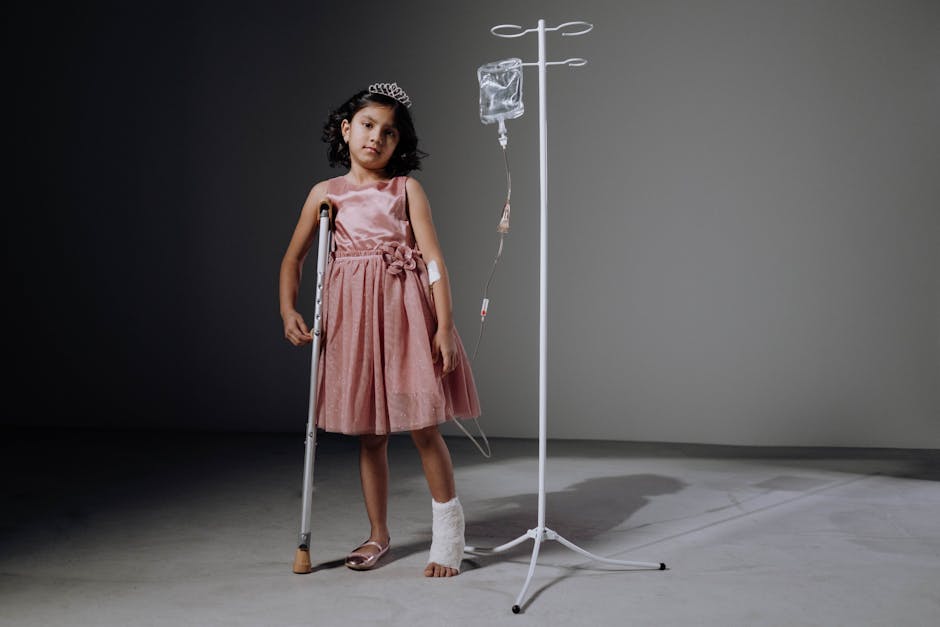
While physical therapy offers numerous benefits for children, there are also challenges and controversies associated with this form of treatment. Some of the key issues include:
1. Accessibility and Affordability
Access to high-quality physical therapy services can be limited for some children due to factors such as location, cost, and insurance coverage. Ensuring that all children have access to the care they need is a critical concern in the field of physical therapy.
2. Overreliance on Technology
As technology continues to advance, there is a growing concern that children may become overly reliant on devices and gadgets, leading to a decrease in physical activity and movement. Physical therapists must strike a balance between using technology as a tool for treatment and promoting active, hands-on therapy techniques.
3. Integration with Other Therapies
Physical therapy is often just one component of a child’s overall treatment plan, which may also include occupational therapy, speech therapy, behavioral therapy, and other interventions. Ensuring that these therapies work together effectively and complement each other is essential for optimizing outcomes for children.
Common Misconceptions About Physical Therapy for Children
Despite the proven benefits of physical therapy for children, there are several common misconceptions that persist. Let’s debunk some of the most prevalent myths:
1. Physical Therapy is Only for Adults
While physical therapy is often associated with adults, it is equally beneficial for children. In fact, early intervention with physical therapy can help children develop essential motor skills and overcome physical challenges at a young age.
2. Physical Therapy is Painful
Physical therapy for children is tailored to each child’s unique needs and abilities, and therapists take great care to ensure that exercises and treatments are safe, gentle, and effective. The goal of physical therapy is to improve function and quality of life, not to cause pain or discomfort.
3. Physical Therapy is Only for Children with Disabilities
While physical therapy is indeed valuable for children with disabilities or developmental delays, it can benefit children of all abilities. Whether a child is recovering from an injury, improving sports performance, or enhancing overall movement skills, physical therapy can play a key role in their development.
Frequently Asked Questions About Physical Therapy for Children
Q: How can I determine if my child needs physical therapy?
A: If you notice that your child is struggling with movement, coordination, balance, or strength, or if they have difficulty participating in daily activities, it may be beneficial to consult with a physical therapist. A thorough evaluation can help determine if physical therapy is the right choice for your child.
Q: What can I expect during a physical therapy session for my child?
A: During a physical therapy session, your child will work with a therapist to perform a variety of exercises, activities, and techniques designed to improve their strength, flexibility, balance, and coordination. The therapist will create a personalized treatment plan based on your child’s specific needs and goals.
Q: How long will my child need to undergo physical therapy?
A: The duration of physical therapy for children can vary depending on the individual child’s needs, goals, and progress. Some children may only require a few sessions to achieve their objectives, while others may benefit from ongoing therapy over a more extended period. Your child’s therapist will work with you to determine the most appropriate treatment plan.
Conclusion
Physical therapy for children plays a vital role in promoting healthy development, enhancing quality of life, and improving overall well-being. By targeting specific movements, exercises, and techniques, physical therapists help children build strength, improve coordination, and overcome physical challenges. Whether a child is recovering from an injury, managing a chronic condition, or simply looking to enhance their motor skills, physical therapy offers a range of benefits that can have a lasting impact on their lives.
As we continue to explore the diverse applications and benefits of physical therapy for children, it is essential to recognize the importance of early intervention, personalized treatment plans, and holistic approaches to care. By advocating for accessible, affordable, and integrated physical therapy services for children of all abilities, we can help ensure that every child has the opportunity to reach their full potential and lead a healthy, active, and fulfilling life.
To wrap things up, physical therapy for children is not just about treating injuries or disabilities; it is about empowering children to move, play, and thrive. By harnessing the power of physical therapy, we can support the growth, development, and well-being of the next generation, one step, one exercise, and one movement at a time.

